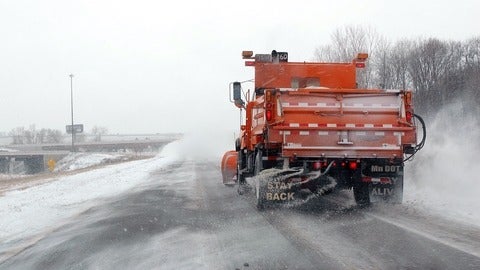‘Forever contaminant’ road salts pose an icy dilemma: Do we protect drivers or our fresh water?
This article is republished from The Conversation under a Creative Commons license. By Jovana Radosavljevic, Jiangyue Ju and Water Institute members David L Rudolph, Fereidoun Rezanezhad, Nancy Goucher and Philippe Van Cappellen.
...For decades, applying road salt has been regarded as a simple but vital tool in countering the dangers of slippery road conditions, but the downsides of its use are apparent with implications that extend beyond the cold months...
